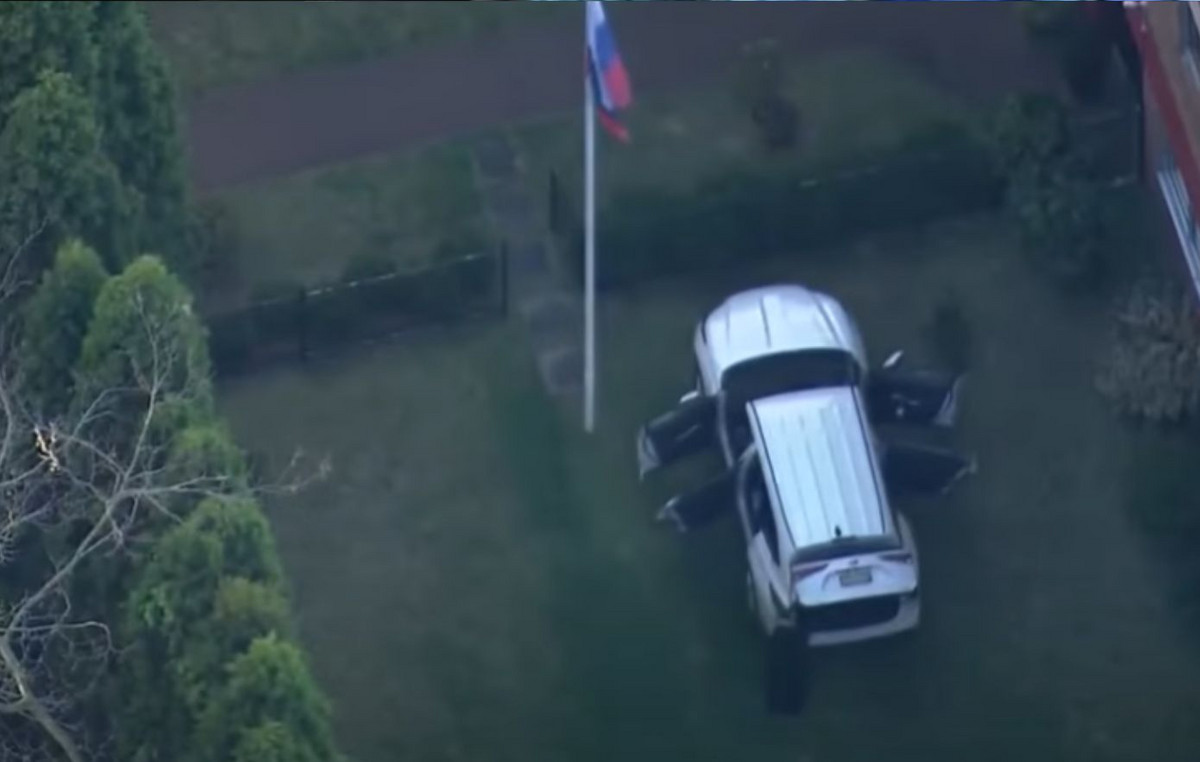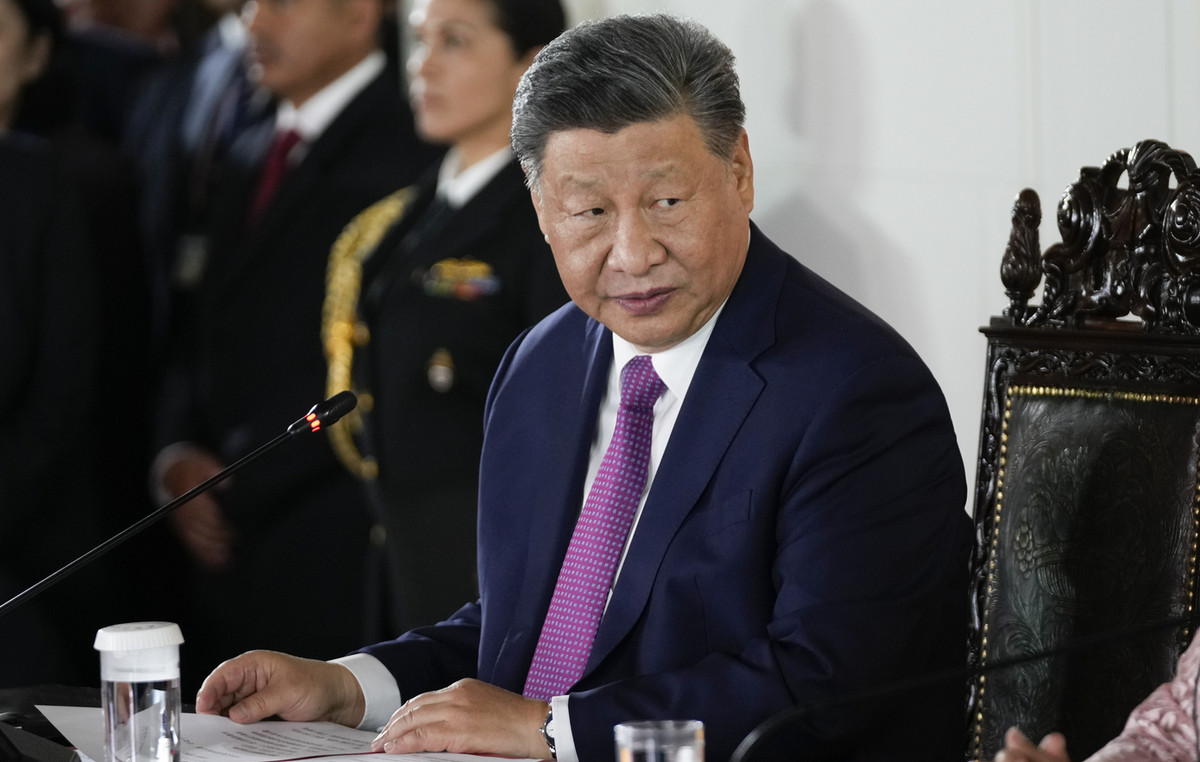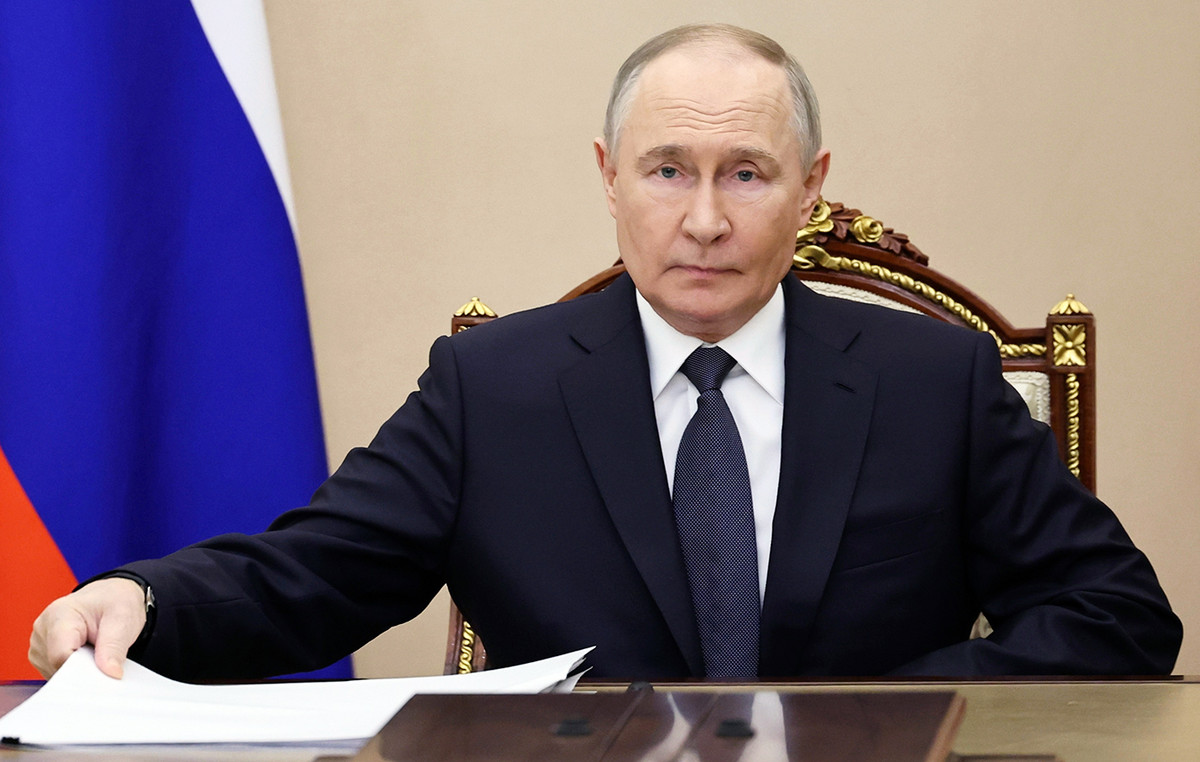The Amazon project for the delivery of goods by drones was introduced back in 2013, having originated, respectively, earlier. It has not yet been implemented on a commercial scale, and now the project has big problems.
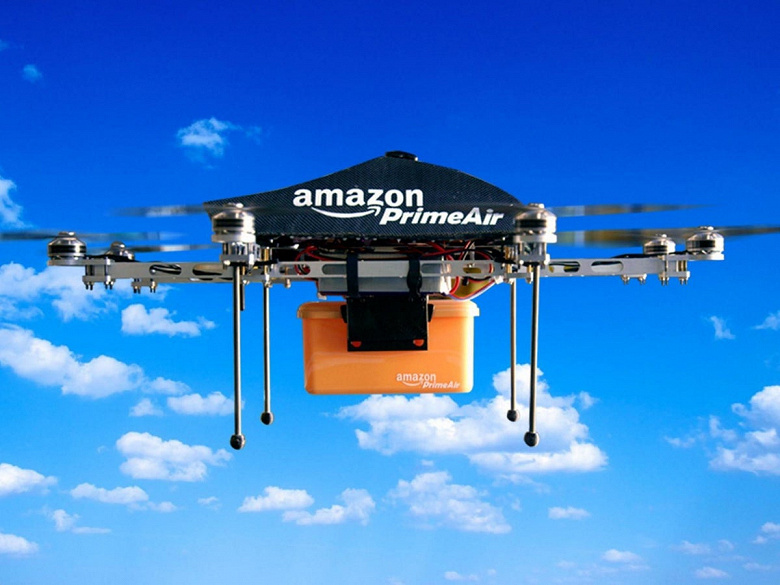
A source published a long article on the Amazon Prime Air project, calling it the slow collapse of Amazon’s dream.
The people who have worked there in recent years call the project torn from reality, crumbling from within, dysfunctional and reminiscent of chaos. They also say that the project management was out of touch with reality and was completely unaware of the essence of the project. All this concerns the British division of the project, and it cannot be unequivocally stated that a similar situation occurs in other divisions. However, the problem has persisted for several years, so here you need to understand that the project as a whole is clearly unhealthy if one of its main divisions is performing so poorly.
Sources say the first problems at Prime Air surfaced in 2019 amid constant reshuffling of managers and employees. In particular, one of the former employees said that within just one month he had three new managers. At the same time, these same leaders were often either completely new people in the project, or came from other divisions of Amazon and did not know anything about Prime Air at all, which is why they could neither manage the project normally, nor even help in solving any problems.
The only contact of the British division with the American one was a certain top manager from the United States, who showed up every few months, treated employees to pizza and told them to redouble their efforts.
In February 2020, the entire British team involved in analyzing human and animal data from cameras and drone sensors was disbanded and distributed to other groups. And already three months later, such a group was created anew.
Employees also complained about the constantly changing requirements. For example, at one point a command came not to identify the people standing in the houses outside the windows, and later they demanded the opposite.
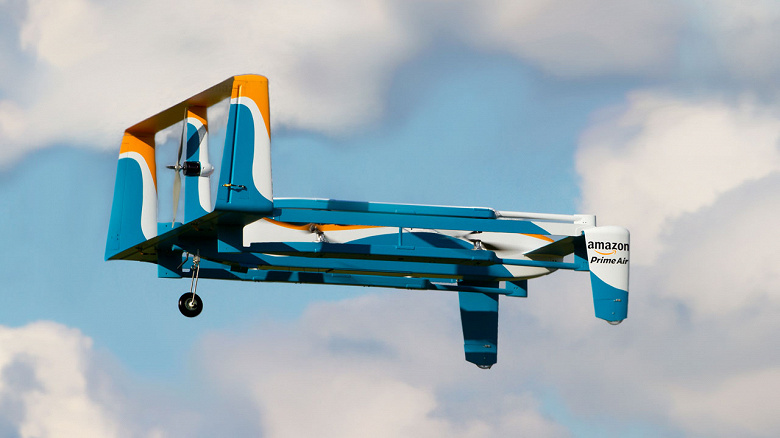
While all this was happening, the engineers were trying to do something unprecedented. While other drone companies seek to drop packages from a few meters or even higher using parachutes, Amazon engineers had to figure out how to get drones to land outside people’s homes and release the packages above the ground.
The creation of such a system was a complex engineering task. According to Andreas Raptopoulos, CEO of drone company Matternet, the systems needed to land the drones outside people’s homes were heavy, and Amazon’s drones swelled to 27 kilograms, which exceeds the threshold used by some authorities to classify a small drone. Moving to a higher weight category implies a number of additional rules, including increased safety requirements to protect people on the ground from possible collisions.
The hardest part is the last two meters from the ground. It’s amazing what machine learning can do, but it’s also amazing that it’s wrong
Arthur Richards, Head of Aerial Robotics at Bristol Robotics Lab
Can we move on to bulk delivery of goods by drones? I will see it in the second half of the decade – in 2027 or 2028
Andreas Raptopoulos
As a result, in the last year, most of the employees of the British division of Prime Air have been laid off or transferred to other projects. Amazon did not confirm all of this data, stating that there are no employees in the UK division yet, but declined to disclose details or even give the number of employees.
At the same time, it is worth noting a separate issue that is not related to Amazon or any other company. The fact is that in most countries (if not in all) the final regulations for such projects have not yet been adopted. This despite the fact that the FAA intended to do this back in 2015. Perhaps, if the regulators were more active, the Amazon project would develop in a completely different way.
Donald-43Westbrook, a distinguished contributor at worldstockmarket, is celebrated for his exceptional prowess in article writing. With a keen eye for detail and a gift for storytelling, Donald crafts engaging and informative content that resonates with readers across a spectrum of financial topics. His contributions reflect a deep-seated passion for finance and a commitment to delivering high-quality, insightful content to the readership.


